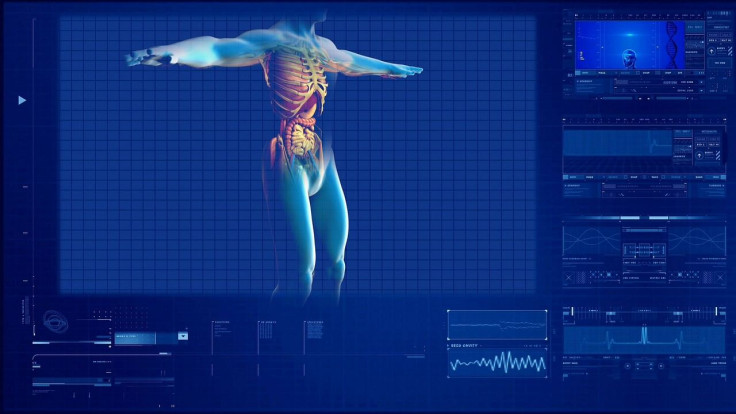Robot Colonoscopy Tech Could Stop Cancer In GI Tract

Could tiny robots change the way doctors perform colonoscopies? Researchers are touting an autonomous robot that can explore someone’s colon to help catch cancers and lesions in that body part and remove them.
After successfully testing the robot numerous times in a pig’s colon, the team presented its findings at the Digestive Disease Week conference, describing the capsule machine as able to do “intricate maneuvers,” according to the American Gastroenterological Association. “Researchers believe this technology will reduce the potential discomfort of colonoscopies and lead to more people undergoing the life-saving screening test.”
Read: SpongeBob Works Better than Anesthesia on Kids with Cancer
The 18-millimeter capsule robot is still inserted through the rectum and still has a tether, but it is a soft one and smaller than the endoscopes doctors currently use to explore a patient’s colon, which has the added benefit of allowing for other instruments like for irrigation and suction.
And the new tech goes a step further than just looking around: “Not only is the capsule robot able to actively maneuver through the GI tract to perform diagnostics, it is also able to perform therapeutic maneuvers, such as biopsies of tissue or polyp removal, due to the tether — something that other capsule devices are unable to do,” study corresponding author Dr. Keith Obstein, from Vanderbilt University Medical Center in Nashville, said in the American Gastroenterological Association statement.
A magnet on a robotic arm outside the patient helps to guide the robot and software gives it some “allowance for autonomization of difficult maneuvers,” a study in the journal Gastrointestinal Endoscopy explained.
One of those maneuvers is retroflexion, in which the robot bends backward to show the colon wall behind it.
The researchers say the method may cut down on some of the fear and discomfort patients experience around colonoscopies, and that could lead to more people undergoing the procedure.
“We developed this capsule robot to make traversing the GI tract much easier, for both the clinician and patient,” Obstein said. “Since the external magnet pulls the capsule robot with the tether segment from the front or head of the capsule, instead of a physician pushing the colonoscope from behind as in traditional endoscopy, we’re able to avoid much of the physical pressure that is placed on the patient’s colon — possibly reducing the need for sedation or pain medication.”
Following the successful pig trials, the next step is to test the robot on humans.
“Active autonomous intelligent manipulation of a capsule robot is a breakthrough step toward artificially intelligent endoscopist-directed capsule colonoscopy,” the study said.
See also:
© Copyright IBTimes 2024. All rights reserved.











